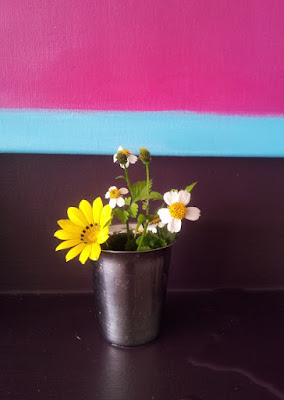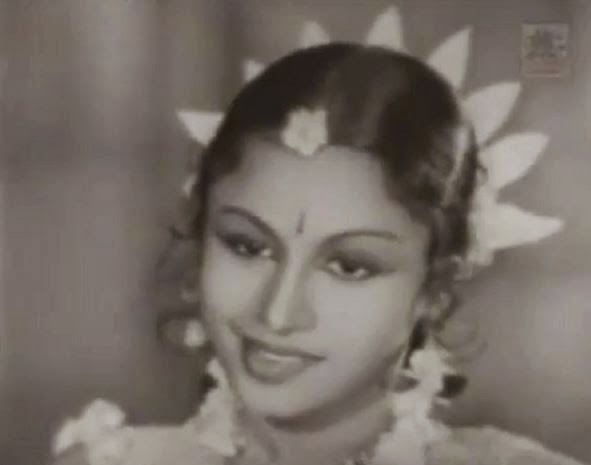I spent a long time in India the past few months and truth be told I wasn't sure whether to return. A lot of this time was spent at home with some family stuff thrown in. This time around I also headed East, principally to meet an old friend D, who I had last visited in 1997. D was my MSc classmate and the brightest chap ever and this hasn't changed much with time.
But first stop Kolkata to meet old colleagues of mine. When you aren't exactly working full time in the profession there are a lot of awkward pauses but on the whole it was interesting to be back in the city and meet them.
As always parts of Kolkata look like they are falling to ruin. Kolkata always makes one feel so till you make a few rapid visits and cease to notice this. Despite it being early January, there was hardly a chill in the air though the evening dark fell as quickly as I remembered it. Park Street looked even more run down until you noticed bits that had changed, like the revamped
Flurys. So changed was the cafe that I did not venture in. The much anticipated visit to Oxford Bookstore was a damp squib, it was hard to believe that 14 years back I used to binge shop for stationery and books here. And though I picked up a few Bengali movie DVDs, even this was a meagre selection.
I took a few photographs but walking around I felt that some cities are meant to be photographed, some to be written about and Kolkata is the latter.
On the way to the airport my cab driver a Punjabi Kolkatan (who overcharged me - though I got used to this, Mumbai probably being the only place where the meter has any meaning) told me well to do Bengalis were fleeing the city and migrants coming in from elsewhre. The feeling that things were never going to change was certainly a predominant feature of my conversations with my colleagues. Perhaps like my driver's joke about his Ambassador car - on life support but still going - Kolkata goes on.
From there on I went on to Guwahati. Which had changed a bit of course, given I had last visited in 1997. Still, it is light years away from India's metros in terns of crowding and traffic.
The Bramhaputra, Guwahati, 1997.
Looking across to the Ugra Tara temple, Guwahati, 2015.
Guwahati, 2015.
The last time around I had visited during the April
Bihu, this time around for the January one (fun fact: I once knew a girl called Bihu named for her parents Assam posting at the time of her birth). As always D had planned a trip - the last time we did
Umananda,
Madan Kamdev and Shillong, this time around
Kaziranga.
Madan Kamdev Temple, 1997.
Bonhabi, Kaziranga, 2015
Bonhabi, Kaziranga, 2015
Around Kaziranga, 2015.
The resort we stayed at, Bonhabi, took me a bit back in time given it reminded me of the many Inspection Bungalows we stayed in, down to the kind of meals. Though we had of course come for the Park it is entirely possible to while away a week doing nothing much except reading or walking around the adjacent tea gardens.
We did of course do the safaris, an afternoon jeep safari and an early morning elephant sari. To take good wildlife pics you need a good camera and I had my phone on me. On the other hand having a good camera you are so focussed on the shot that you tend to lose the pleasure of the moment. A good number of jeeps passed us with people with really big and expensive cameras, all in pursuit of that one shot and at some point it just seemed part of the rush of modern life and its relentless documenting (of course I am doing it here too!).
Rhino, Kaziranga, 2015
Morning over the Diphlu River, Kaziranga, 2015
Diphlu River, Kaziranga, 2015.
Despite the poaching and fall in numbers, there is a good deal of rhino spotting possible in Kaziranga. As also deer and water buffaloes (the latter are very shy). The guides aren't entirely focussed on the biggies, they take time to point out turtles or birds in the trees. The biggie of the Park is of course the tiger, the reason those big barrels of modern cameras are out in full force in Kaziranga. At one point we thought we might get to spot one given the agitation of the deer but it was not to be - no doubt with about 50 odd noisy people across the stream waiting for the tiger, it decided not to emerge:)
But the actual joy of Kaziranga is just to be there. Of course you can't walk around but the sky, the trees, the birds all conspire to make it wonderful. In the early morning - though the elephants calmly carry us around - you do regret disturbing the animals out for a first meal but the forest itself is beautiful, wreathed in mists, the early morning cold pleasant against one's clothing. And the night brings a pleasant tiredness that is alleviated by a hot bath and a small bonfire (literally!) at the resort. On the trip, I was reading Tanizaki's
Some Prefer Nettles which constantly contrasts old Japanese ways with the Western influences taking over the country. There is no East/West dichotomy that I felt in Kaziranga, rather something of the old and the new. Like the feeling of a hot water bath after a dusty day in a forest versus one in a hotel room, the warmth of a bonfire versus central air conditioning. These are not things one normally contrasts, hot water is after all hot water, and yet it all feels different here.In effect, you notice the feeling of the bath, the warmth of the flame.
I returned feeling entirely refreshed but also a bit regretful that I was soon to be plunged back into city life.














